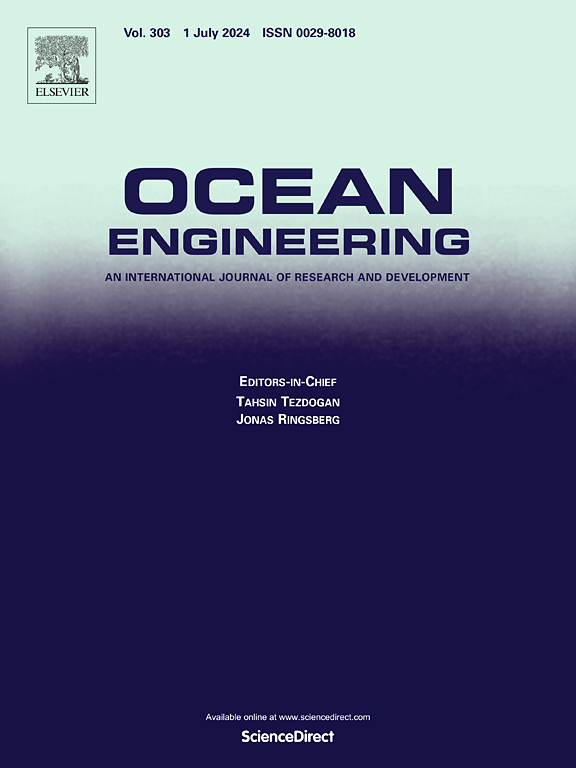Extreme design wave parameters optimization of typhoon wave for ocean engineering based on numerical simulation and observation data in the South China Sea
IF 4.6
2区 工程技术
Q1 ENGINEERING, CIVIL
引用次数: 0
Abstract
In this study, 20 typhoons in the South China Sea (SCS) from 2011 to 2022 are selected, based on the Weather Research and Forecasting (WRF) Grid Nudging assimilation technique, the physical parameterization schemes for hindcasting in the SCS during typhoons are Optimization. The best results for typhoon hindcasts are derived using Thompson_KF_YSU combination physical parameterization schemes. Compared to ERA5 reanalysis data, the RMSE decreased by 19.09% overall. Optimization of the physical parameterization scheme in the Simulating WAves Nearshore (SWAN) model using the optimized wind field as input shows that the default Wu wind drag formula overestimates the HS during typhoon events, particularly at higher wind speeds. Westhuysen wind input, FIL wind drag formula, AB whitecapping dissipation, and Madsen bottom friction achieved the best simulation results with the RMSE HS of 0.582m. The Poisson-Gumbel compound extreme value distribution is used to calculate typhoon waves at eight characteristic points in the SCS. The optimized scheme significantly improved the different return period compared to the default SWAN scheme, particularly in severe typhoon affected areas. In the coastal waters of Guangzhou, the 100-year and 50-year return period typhoon waves were improved by 1.12m and 0.96m, respectively, providing a more rational basis for engineering design.
求助全文
约1分钟内获得全文
求助全文
来源期刊

Ocean Engineering
工程技术-工程:大洋
CiteScore
7.30
自引率
34.00%
发文量
2379
审稿时长
8.1 months
期刊介绍:
Ocean Engineering provides a medium for the publication of original research and development work in the field of ocean engineering. Ocean Engineering seeks papers in the following topics.
 求助内容:
求助内容: 应助结果提醒方式:
应助结果提醒方式:


